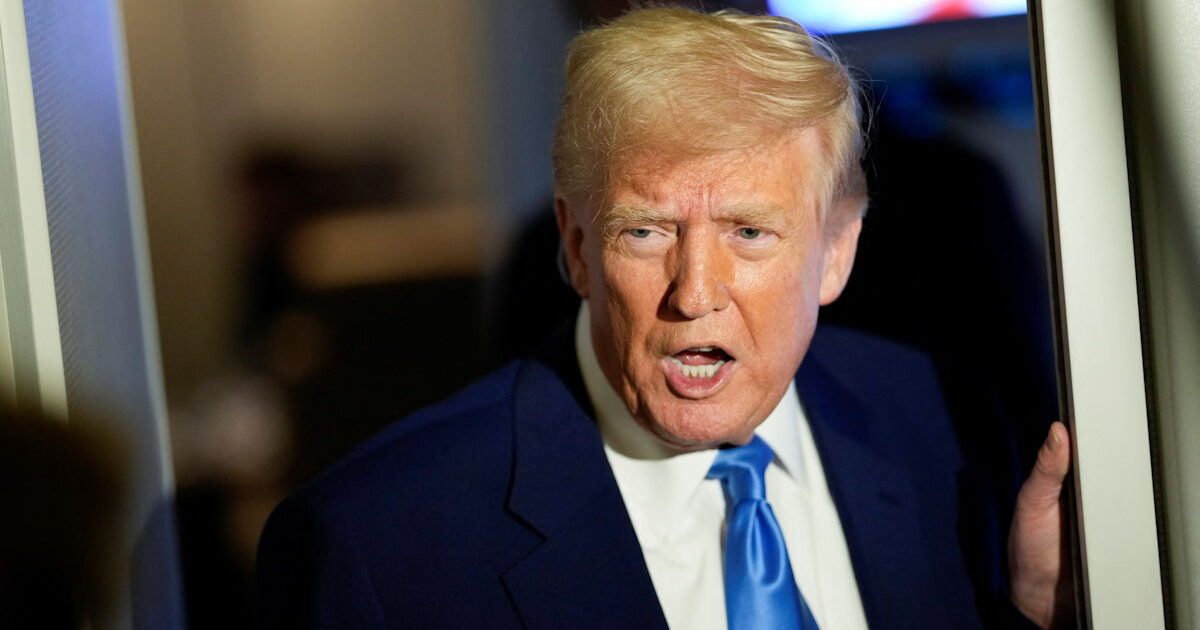Outside … the audit is now the financial confrontation between the US and China, as President Trump’s latest decision shows to focus his target fires against China.
Trump announced that It further increases US duties at the expense of imports from Chinaby setting them in the astronomical percentage of 125% against the 104% they had just a day before, ie yesterday. At the same time, he put on the ice the duties he had announced on April 2, 2025 (in order to apply from today April 9) in most other countries, without nameing them.
However, so far, the White House had announced that nearly 75 countries on the planet had requested a negotiation with the US to avoid duties at least 10% that Trump had announced just a week before.
On the contrary, with most countries imposed by GGA duties, China replied with 34% of the 34% of the Trump with 34% duties.
Yesterday (8.4.25), Trump responded to the… response of the Chinese, announcing 104%duties. Against this second tariff attack, Beijing announced 84%duties (instead of 34%) to bring Trump today to raise the bar to 125%.
Prior to this move, the US indicators fell, and after this move they marched upward.
But there is another much – a very important indicator that began a downward trend after the new ejecting of US duties against China, and that are the yields of US government bonds, which have just begun to fall again.
The reduction in US bond yields is equivalent to a reduction in US borrowing costs, which for Trump and the financial staff is the main target of the tariff attack, knowing that the turn of investors from the shares, leads to a reduction in US duties. dollars.
This “model” worked until a few days ago, when the increased yields of US bonds began, which was by no means liked by Trump and his financial staff.
Early this morning the Bloomberg had implied that behind the tendency to increase yields of US bonds It could be a tendency to sell out these titles from China, which is their largest owner internationally.
The suspension of duties in most countries and the increase in US duties against China seem, at present, to convince investors not only to return to the US shares -a fact that has led to prices -but also to begin to consider US bonds again as “safe” bonds.
